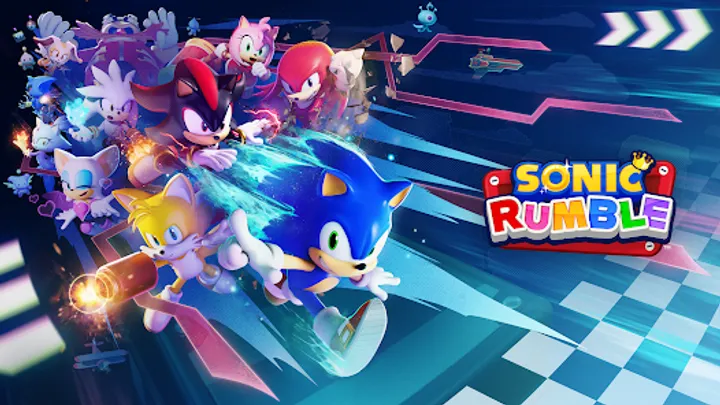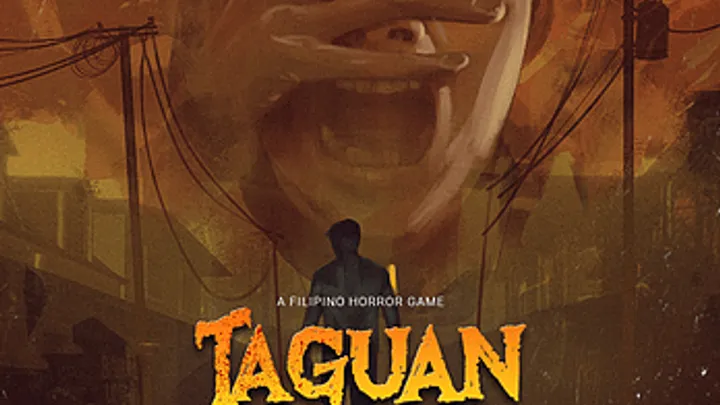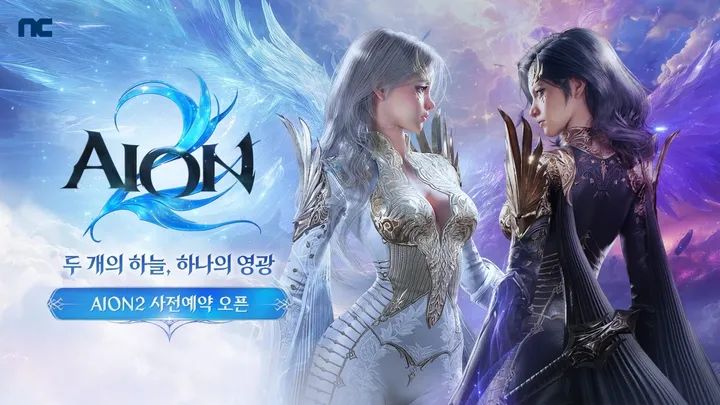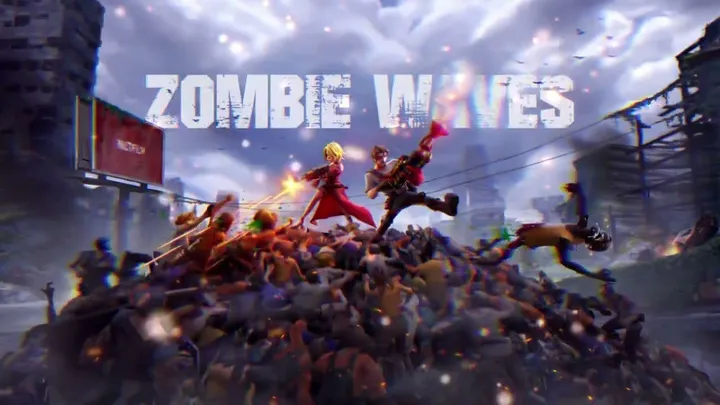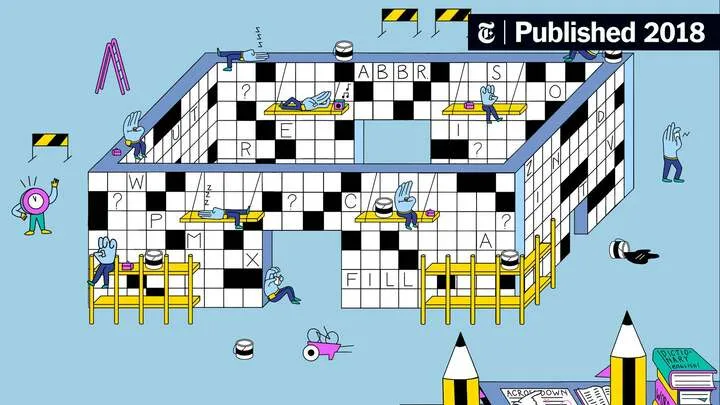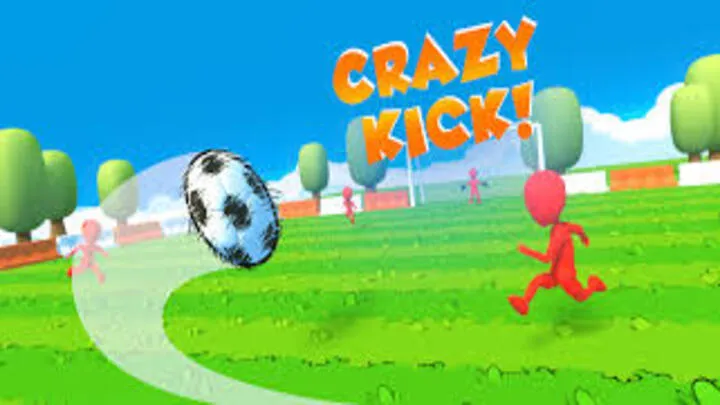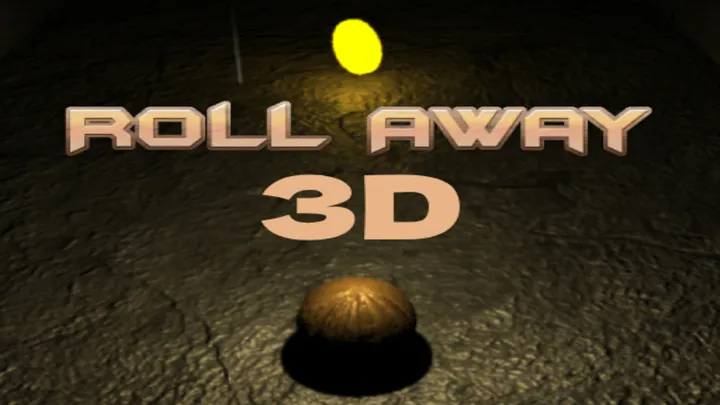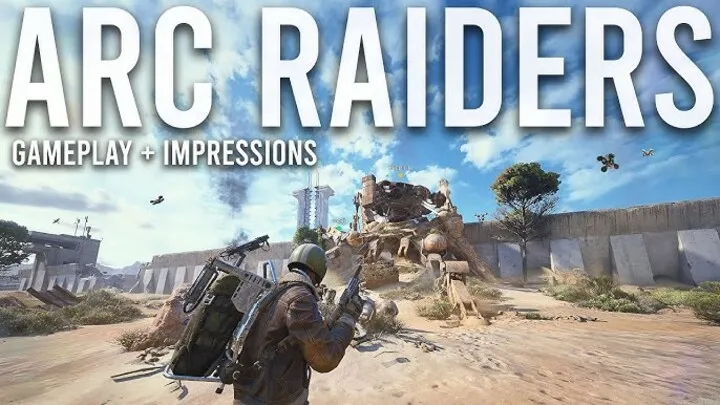Image Crossword is a visual-first puzzle game that challenges players to decode crosswords using images instead of text clues. While the game appears simple at first glance, the deeper mechanics revolve around pattern recognition, minimalistic interpretation, and logic-based deduction. This guide focuses on one specialized topic: how to master advanced solving strategies for Image Crossword, going beyond basic tips and offering a complete expert-level breakdown.
This article includes 10 large sections (H2), each with detailed paragraphs, H3/H4 subpoints, and WordPress-friendly formatting.
Understanding How Image-Based Clues Work
Image Crossword uses pictures in place of textual hints, which forces players to shift from verbal reasoning to visual logic.

Literal Meaning Over Symbolic Meaning
Most images represent the simplest, most literal object.
If you see a bee, the answer is almost always BEE, not BUZZ, HIVE, or STING—unless the word length dictates otherwise.
Why Beginners Misinterpret Images
New players often confuse aesthetic details for hints. In reality:
- Backgrounds rarely matter
- Colors matter only when necessary
- Emotions or expressions are seldom clues
Simple Rule
Always ask: What would a child call this object?
Building Pattern Recognition Skills
The game repeats themes, categories, and image styles. Learning these patterns dramatically improves solving speed.
Common Repeated Object Types
After dozens of puzzles, you’ll notice recurring visuals such as:
- Fruits
- Tools
- Animals
- Actions
- Weather elements
- Household items
Why Patterns Matter
Once you recognize that a picture of grapes always translates to GRAPE or BUNCH, you reduce thinking time from seconds to milliseconds.
Predictive Patterning
Your brain eventually builds a “visual vocabulary” that auto-suggests answers.
Using Word Length as a Decoder Tool
Word length is the most powerful guide in Image Crossword. Many players overlook it.

Narrowing Down Possible Answers
A 3-letter picture of a drink?
It’s almost never SODA. Likely options:
- TEA
- COLA
- MILK
- JUICE (if longer)
Why Designers Use Short Words
Most answers are intentionally short for accessibility. This creates predictable solution pools.
Intersections Reveal Everything
One correct letter from an intersecting word can eliminate multiple possibilities instantly.
Breaking Down Complex Images
Hard puzzles often use busy or layered images. You must learn to extract the primary object.
Identifying the Core Focus
Ask yourself:
- What object is largest?
- Which object is most centered?
- What object is colored differently?
Avoid Overthinking Extra Items
Background mountains, floors, clouds, decorations—these are visual noise.
Puzzle Designers Love Simplicity
Even complicated illustrations typically hide a single simple word: HIKE, DOG, PACK, SNOW, etc.
Developing Speed-Solving Habits
Speed is about process, not intelligence.
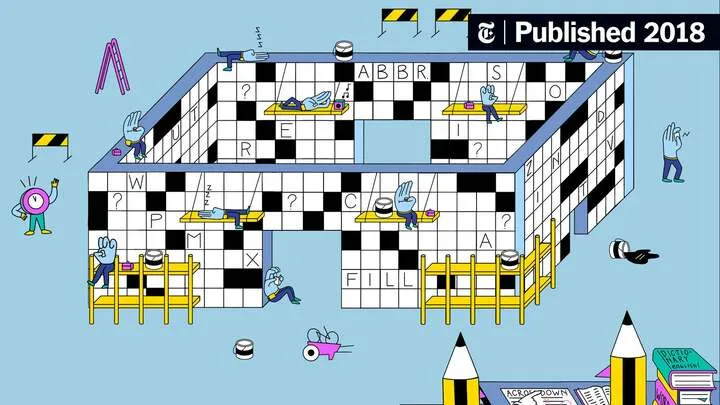
The 3-Second Rule
If an image takes longer than 3 seconds to decode, skip it. Return once intersections supply letters.
Solve Easy Anchors First
Short words like:
- CAT
- SUN
- CUP
- provide anchor points for the whole puzzle.
Momentum Beats Perfection
Fast solvers keep moving—never stuck on one clue.
Mastering Multi-Image Combinations
Paired images often represent merged concepts.
How Multi-Image Logic Works
Two images → One idea.
Examples:
- Snow + Scarf = WINTER
- Bread + Knife = SLICE
- Baby + Crib = INFANT
Ask the Right Question
Instead of analyzing each image individually, ask:
What do these images share as a concept?
Theme Recognition
Once you identify the category, the correct word becomes obvious.
Reverse-Engineering the Puzzle Creator
Understanding the developer’s design habits gives you an edge.
Designer Vocabulary Tendencies
Most Image Crossword creators prefer:
- Common nouns
- Everyday objects
- Simple verbs
- Minimal ambiguity
Learn Their Shortcut Thinking
If an object can be named in two ways, they ALWAYS choose the simpler one:
Car → CAR, not VEHICLE
Bread → LOAF, not BAKERY ITEM
The Creator Thinks Like a Beginner
This makes answers predictable once you adapt your mindset.
Avoiding Common Player Mistakes
Most errors come from misinterpreting visuals or overanalyzing.
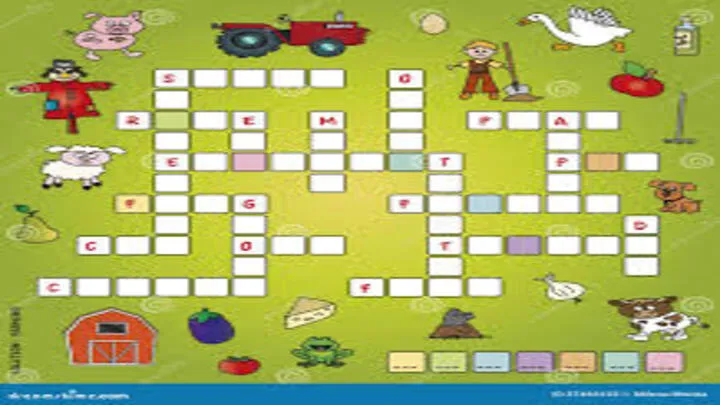
Top Mistakes
- Reading emotional symbolism
- Assuming longer words
- Getting stuck on decorative details
- Forgetting to check word length
- Solving sequentially instead of strategically
How to Stop Overthinking
Strip every image to its core identity.
Focus on object, not meaning.
Minimal Interpretation Wins
Images are direct, not metaphorical—95% of the time.
Advanced Logic Techniques for Hard Levels
Later stages require deeper reasoning and visual scanning.
Look for Distinctive Details
Small clues can matter:
- A horn on an animal
- A color variation
- A tiny tool hidden behind another object
Using Intersections to Break Hard Words
If stuck, fill adjacent easier clues first. Letters will reveal themselves.
Zoom In, Don’t Zoom Out
Narrowing your focus often solves the image instantly.
Final Master Strategy and Long-Term Improvement
Becoming an Image Crossword expert requires habit, not memorization.
Build Your Visual Vocabulary
Every puzzle adds new associations. Over time, solving becomes reflexive.
Improve Through Consistent Practice
The more puzzles you complete, the stronger your predictive logic gets.
Think Simple, Solve Faster
The ultimate secret:
The game is designed around simplicity. Treat every image as a basic label.
Conclusion
Mastering Image Crossword requires learning how to interpret visuals literally, apply word-length filters, recognize puzzle patterns, and think the way designers think. Once you simplify your approach and adopt pattern-based reasoning, even the hardest puzzles become predictable and manageable. With enough practice, your brain automatically decodes these visual clues, turning you into a fast and accurate solver.





